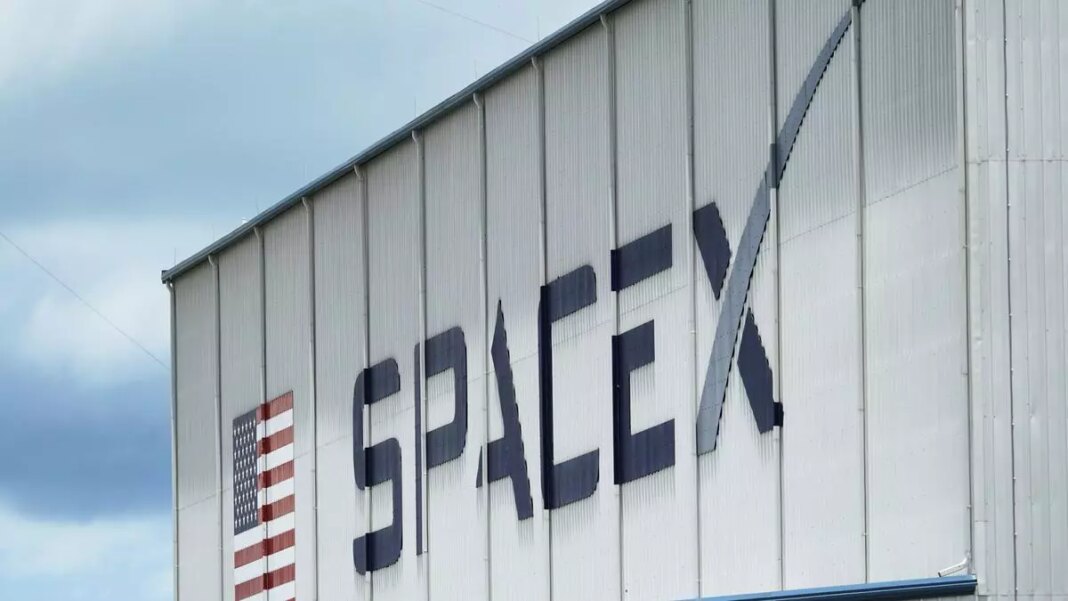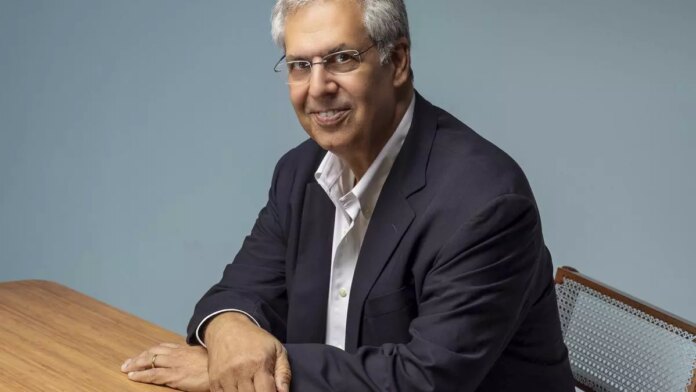In Short:
SpaceX is advancing its Starship rocket for future missions to the moon and Mars. Recently, it achieved a milestone by catching the Super Heavy booster back at the launchpad after launching Starship into space. This success highlights SpaceX’s aim for full reusability, reducing launch costs. Despite facing regulatory challenges, the company continues to make significant progress in its test flights.
SpaceX Soars Higher: A Giant Leap for Rocketry
In an exhilarating display of engineering prowess, SpaceX is making monumental strides in its quest to construct a rocket that can journey to the Moon and Mars. The latest achievement? Their remarkable Starship successfully completed a space voyage, and in a jaw-dropping twist, its booster was captured back at the launchpad using colossal mechanical arms.
Progress Amid Challenges
This feat underscores SpaceX‘s rapid advancements in launch capabilities. Meanwhile, CEO Elon Musk continues to grab headlines, not just for these successes but also for his ongoing skirmishes with regulators and new pushback against his expansion plans.
Key Approvals Secure New Horizons
Recent days have seen the company obtain vital approvals for its two rocket systems, all while its Starlink satellite-internet service expands its global footprint.
A Critical Milestone
Catching the Starship booster after launch marks a significant milestone as SpaceX prepares for commercial operations. This rocket is a cornerstone of Elon Musk’s dream to send humans to the Moon and Mars, although there’s still much work to be done before it can ferry crew and cargo to faraway worlds.
The Epic Launch
The largest and most powerful launch system ever built lifted off on Sunday at 8:25 a.m. EST. After propelling Starship beyond Earth’s atmosphere, the Super Heavy booster executed a flawless return, reigniting its engines for a controlled landing. In a dramatic moment, two massive arms extended from the launch tower and “caught” the booster, igniting cheers and applause from mission control.
“Folks, this is a day for the engineering history books,” exclaimed SpaceX’s Kate Tice during a live webcast.
“I am still in disbelief,” added Jessie Anderson, a SpaceX engineer, expressing her emotions. “I’m trying to catch my tears just like the chopsticks caught the booster.”
Setting the Stage for Full Reusability
Elon Musk has long emphasized the goal of making the vehicle entirely reusable. Unlike the Falcon 9 rockets, which are only partially reusable, SpaceX aims to fully recover both the Starship spacecraft and its Super Heavy booster. This would enable rapid refurbishment and relaunch of the hardware, potentially allowing Starship to fly multiple missions in a single day at significantly reduced costs.
Comparing Techniques: Super Heavy vs. Falcon 9
Much like the Falcon 9, the Super Heavy booster guided itself back to Earth using fins. However, this time it relied on its launch tower to cushion its fall instead of landing on solid ground. This Sunday’s mission was the first attempt to catch Super Heavy, contrasting with a previous goal of landing it in the Gulf of Mexico.
A Test of Resilience
The backdrop of this ambitious mission includes Musk openly voicing concerns about the FAA and the slow approval process for commercial space launch licenses, which has drawn attention as SpaceX seeks to increase Starship launches.
Despite facing challenges, the flight journey was reminiscent of previous attempts. Starship and Super Heavy launched together, and as Starship re-entered the atmosphere, it produced a stunning orange glow. Although some steering flaps burned up during descent, Starship successfully reignited its engines and splashed down in the Indian Ocean before ultimately exploding.
Learning from Every Flight
For SpaceX, these test flights are seen as valuable lessons rather than failures. Each mission aims to refine designs and improve results, and so far, they have achieved more with each launch.
A Message from NASA
“Congratulations to SpaceX on its successful booster catch,” stated NASA Administrator Bill Nelson in a social media post. “Continued testing will prepare us for the bold missions that lie ahead—including to the South Pole region of the Moon, and then onward to Mars.”





